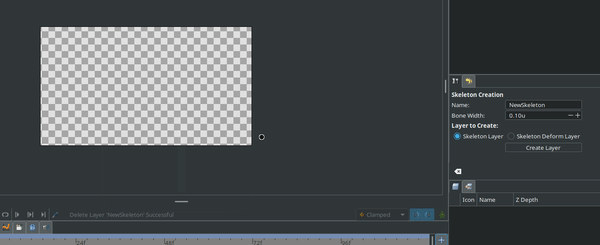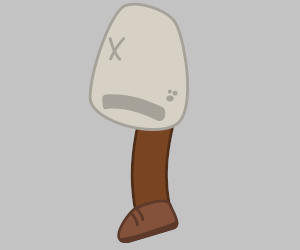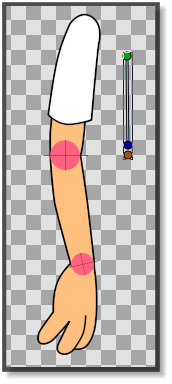

- #Synfig studio add bones archive#
- #Synfig studio add bones portable#
- #Synfig studio add bones software#
- #Synfig studio add bones free#
v0.1 - August 2014 - keyframe generation.Preferably use github's issues tracker for bug reports, feature requests and contributing to this code. Got other ideas or templates? add them to the wiki or create a pull request to share them! Support

default is "popping-text" SPLIT_WORDS = False # split each word in a separate object WAYPOINT_TYPE = "halt" # one of: constant, auto, linear, clamped, halt RANDOM_ORIGIN = 70 # set to a percentage to randomize the object origin in the whole document viewbox (0 will stack them all at ) ANIMATION_INTERVAL = 0.5 # interval (before and after the label time) used for (in & out) transition, in seconds. must be located in templates/ subdirectory, with. TEMPLATE_NAME = "appearing-text" # the name of template you want to use. don't bother if GENERATE_OBJECTS is False. # configuration for keyframes import # LABELS_FILE = "labels.txt" # audacity labels file name, must be located in your synfig project directory IMPORT_START = True # set to True to import keyframe for start of label IMPORT_END = False # set to True to import keyframe for end of label START_SUFFIX = "" # suffix to add to a label-start keyframe, to distinguish it from label-end frame END_SUFFIX = " - end" # suffix to add to a label-end keyframe, to distinguish it from label-start frame OVERWRITE_KEYFRAMES_WITH_SAME_NAME = False # set to True to replace keyframe with exact same description GENERATE_OBJECTS = True # set to True to generate objects (such as text layers) for each label # settings below only matter to object generation. More information on using plugins is available from the official Scribus documentation. Requirements: Python (Synfig is a recommended option ) - more info on Synfig Plugins page
#Synfig studio add bones portable#
If you are using a portable version of synfig, you will find it at ROOT/share/synfig/plugins.Īnother option is to clone this repository in the same location. In OSX: /Users/USERNAME/Library/Synfig/plugins. In Windows: C:\Users\USERNAME\Synfig\plugins,
#Synfig studio add bones archive#
but I (not secretly) hope you beat me to it! Installĭecompress plugin archive into your synfig plugins directory. The use of this plugin to generate keyframes in a complete animation design is described in the Synfig Audio Synchronisation tutorialĪ tutorial will be written on creating kynetic typographies one day. Not mentioning any template column will simply use the default template (see Configuration) How-to / Tutorial
#Synfig studio add bones software#
You can use any spreadsheet software that is able to export to tsv ( tab separated value file), such as OpenOffice or Excel, just make sure to save as UTF-8 if you need proper accents supports.

The generated time reference (keyframes) is great for synchronizing animation with your audio.
#Synfig studio add bones free#
Synfig Studio is a free and open-source 2D animation software, designed as powerful industrial-strength solution for creating film-quality animation using a vector and bitmap artwork.

Import Labels and Timings in Synfig (Open Source 2D Animation Studio) - aka generate Keyframes and Kinetic Typography (artistic subtitles)Ī Synfig plug-in to create time reference and/or artistic kinetic text effects in Synfig, from Audacity track labels (aka subtitles) or excel/openoffice data.


 0 kommentar(er)
0 kommentar(er)
